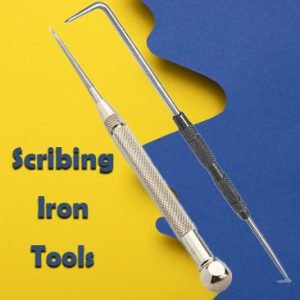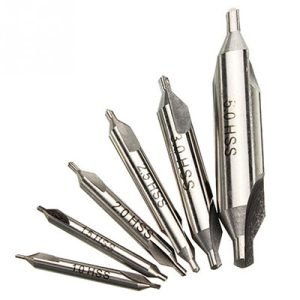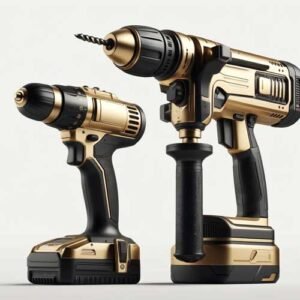Digital calipers are an essential tool for the accurate measurement of objects. They are used in a variety of industries, from engineering to construction, for a variety of tasks. In this blog post, we will explore what digital calipers are, what they are used for, the different types of digital calipers, the anatomy of a digital caliper, how to measure with a digital caliper, calibration, and maintenance of digital calipers, advantages of using digital calipers, and digital caliper accessories. We will also cover best practices for using digital calipers to ensure accurate and precise measurements.
What are digital calipers?
Digital calipers are measuring tools used to measure the length, width, and depth of an object. It is similar in design to a traditional vernier caliper, but instead of a vernier scale, digital calipers have an LCD screen that displays the measurements. Digital calipers are highly precise, accurate, and reliable.
When it comes to precision measurements, many professionals turn to calipers. You can choose between vernier caliper, digital caliper, and dial caliper based on your specific needs.
What are digital calipers used for?
Digital calipers can be used for a variety of applications, including measuring the thickness of metal and plastic sheets, the diameter of circular objects, and the depth of cavities. They can also be used for measuring the internal and external dimensions of objects, as well as for measuring the distance between two points. Digital calipers are commonly used in the engineering, manufacturing, automotive, and medical industries.
Types of digital calipers
There are several types of digital calipers available on the market, each designed for different purposes. The most common types of digital calipers are: outside calipers, inside calipers, depth calipers, and dial calipers.
Outside calipers are designed to measure the outside diameter of an object. Inside calipers are designed to measure the inside diameter of an object. Depth calipers are designed to measure the depth of an object. Dial calipers are designed to measure the length of an object using a dial.
Anatomy of a digital caliper
Digital calipers consist of several components, including a measuring jaw, a digital display, a locking screw, and a knob. The measuring jaw is the part of the digital caliper that makes contact with the object being measured. The digital display shows the measurements in either metric or imperial units. The locking screw is used to lock the digital caliper in place when taking measurements. The knob is used to move the measuring jaw.
How to measure with a digital caliper
Measuring with a digital caliper is a simple process. First, open the caliper by turning the knob until the measuring jaw is slightly larger than the object being measured. Next, place the object between the measuring jaw and the reference jaw. Then, close the caliper by turning the knob until the measuring jaw and the reference jaw are in contact with the object. Finally, read the measurements on the LCD screen.
Calibration and Maintenance of Digital Calipers
Digital calipers should be regularly calibrated and maintained to ensure accuracy and precision. Calibration can be done manually by adjusting the digital display or by using a calibration device. It is also important to keep digital calipers clean and lubricated to ensure proper functioning.
Advantages of using digital calipers
Digital calipers offer many advantages over traditional measuring tools, such as increased accuracy and precision, ease of use, and portability. Digital calipers are also more durable than traditional tools, and they require less maintenance.
Digital Caliper Accessories
There are several accessories available for digital calipers, including calibration devices, cleaning kits, and carrying cases. Calibration devices can be used to calibrate digital calipers and ensure accuracy. Cleaning kits are used to keep digital calipers clean and lubricated. Carrying cases are used to store and transport digital calipers.
Best Practices for Using Digital Calipers
When using digital calipers, it is important to follow best practices to ensure accuracy and precision. Before taking measurements, it is important to make sure that the digital caliper is calibrated and properly lubricated. It is also important to make sure that the object being measured is clean and free from dust and debris. Additionally, it is important to take multiple measurements from different angles to ensure accuracy.
Conclusion
Digital calipers are an essential tool for the accurate measurement of objects. They are used in a variety of industries, from engineering to construction, for a variety of tasks. In this blog post, we explored what digital calipers are, what they are used for, the different types of digital calipers, the anatomy of a digital caliper, how to measure with a digital caliper, calibration, and maintenance of digital calipers, advantages of using digital calipers, and digital caliper accessories. We also covered best practices for using digital calipers to ensure accurate and precise measurements. With the right tools and knowledge, you can unlock the functionality of digital calipers and ensure accurate measurements.









